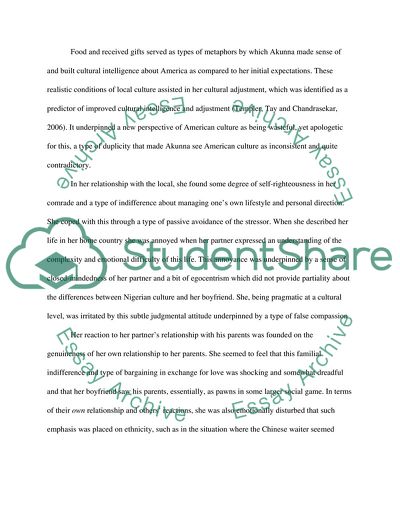Cite this document
(Cultural Diversity and The Thing Around Your Neck Case Study, n.d.)
Cultural Diversity and The Thing Around Your Neck Case Study. Retrieved from https://studentshare.org/culture/1878022-culture-diversity
Cultural Diversity and The Thing Around Your Neck Case Study. Retrieved from https://studentshare.org/culture/1878022-culture-diversity
(Cultural Diversity and The Thing Around Your Neck Case Study)
Cultural Diversity and The Thing Around Your Neck Case Study. https://studentshare.org/culture/1878022-culture-diversity.
Cultural Diversity and The Thing Around Your Neck Case Study. https://studentshare.org/culture/1878022-culture-diversity.
“Cultural Diversity and The Thing Around Your Neck Case Study”, n.d. https://studentshare.org/culture/1878022-culture-diversity.


